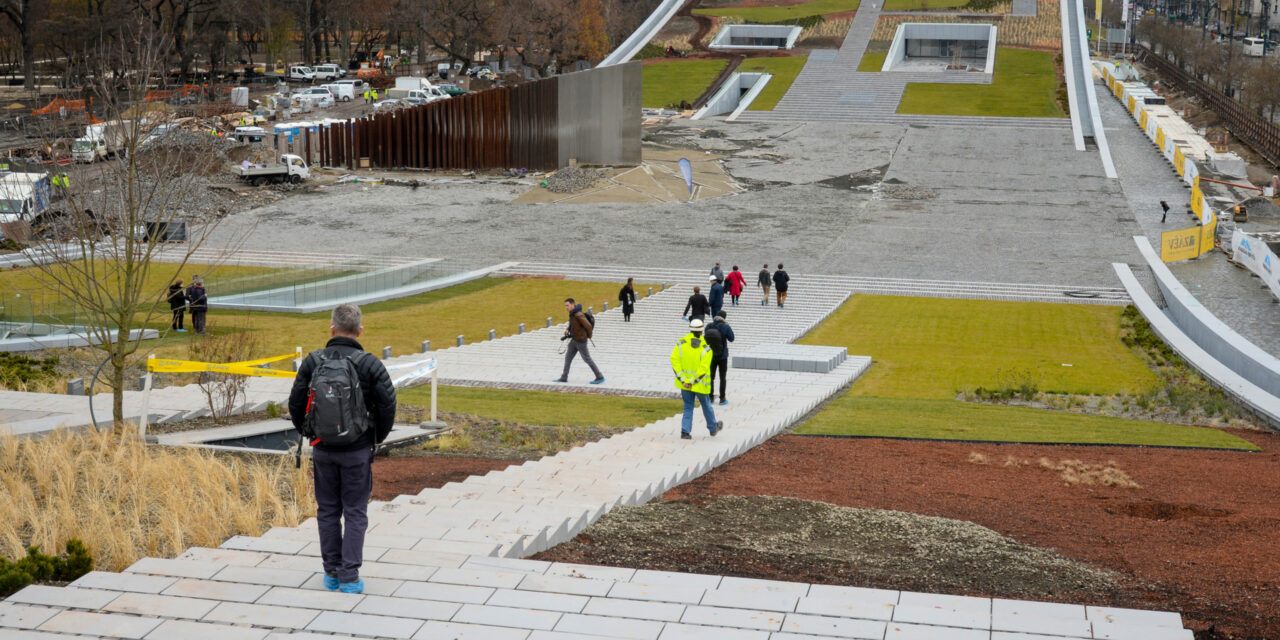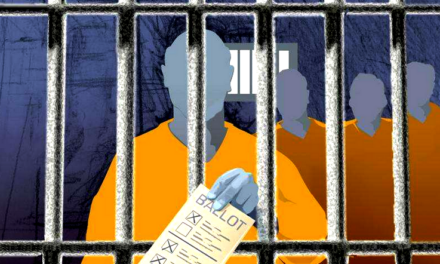At the end of March, on the 150th anniversary of its foundation, one of Europe's most modern ethnographic institutions, the Museum of Ethnography, will open its doors with large-scale exhibitions. However, just like the investments made within the framework of the Liget project, the new Museum of Ethnography came under the crossfire of left-wing attacks on several occasions, and Gergely Karácsony called its construction downright madness.
For the first time after its long migration, the Museum of Ethnography can move into a building designed according to its needs. It is well-known that until the beginning of the construction works, there was a parking lot on Ötvensahatosok Square, which could accommodate more than a thousand cars, partly concreted and partly paved with cobblestones, in place of which the new building of the Ethnographic Museum was dreamed up.
The investment realized as part of the Liget Budapest project made it possible for the museum's collection of more than 250,000 items - which for decades was housed in the beautiful building of the Palace of Justice on Kossuth Square, although unsuitable for exhibition purposes - to finally be placed in worthy conditions.
At the same time, the museum can be said to be returning home to the City Park, as it was presented to the public for the first time here in 1896, in the ethnographic village of the Millennium Exhibition, and then for many years the large Industrial Hall in the City Park gave space to the ethnographic collection.
Awarded the World's Best Public Building award and the World's Best Architecture special award, the building has a floor area of 33,000 square meters, two levels underground, and three levels above the ground, including the ground floor. Thanks to the large spaces, compared to the exhibition spaces of the Palace of Justice, the floor space of the museum is three times more, a total of almost seven thousand square meters, and thus a much larger part of the collection becomes physically accessible.
Although the vast majority of Hungarians, regardless of their public opinion, are proud of Europe's largest cultural city development, which has been awarded numerous awards, and within it the new building of the museum, and also admit that it represents a huge advance and attraction for Budapest, the Hungarian left has been trying to create atmosphere for the Liget project for years. against.
Among other things, Tímea Szabó, the co-president of Párbeszéd, Lajos Oláh of the DK, László Moldová of the LMP, and Zsuzsanna Bárdi, deputy mayor of Erzsébetváros, have come to protect the green areas of the City Park, so to speak, regardless of the fact that the project will not reduce it, but increase it from sixty to sixty-five percent the proportion of green space.
It should be noted that this is no different in the case of the new Museum of Ethnography, as a total of 7,300 square meters of park space will be created on the freely accessible roof garden, which is a feature of the building. Gergely Karácsony previously attacked the Liget project as the mayor of Zugló and as the opposition's candidate for mayor, and called the construction of the Ethnography Museum downright crazy. On one occasion, Karácsony expressed his indignation in ATV when he confused the Ethnographic Museum with the National Museum and said the following: "the building of the National Museum is such a brutal building in the middle of a park, I think this project is very crazy."
Unsurprisingly, even as mayor of Budapest, Karácsony is trying to prevent the full implementation of Europe's most awarded urban development, by blocking the construction of the New National Gallery, the House of Hungarian Innovation and the City Park Theatre.
On the other hand, despite all of this, the new Museum of Ethnography welcomes visitors with a spectacular temporary exhibition on more than a thousand square meters, titled Completed and We've Arrived, which presents a special selection of the most iconic and emblematic objects of the collection.
After the opening of the institution, the youth exhibition and the collection's permanent exhibition will be opened in two stages, as separate attractions. The collection exhibition, which will open this fall, presents the exciting history of the Museum of Ethnography, based on the institution's 150-year-old rich and diverse collection of more than three thousand artefacts, photos, manuscripts and musical materials. Stories are told by objects and people, places and worlds, researchers and terrains about the relationship between collectors and the museum. The youth exhibition will also open in autumn, where through the stories of people and objects, visitors can discover the different cultural responses to basic needs such as sleep, eating, play and work, storytelling or music in different parts of the world. their fellow human beings who lived or live in its parts.
Source: Magyar Nemzet/Elek Nikoletta
Featured image: Metropol/Zoltán Nagy












